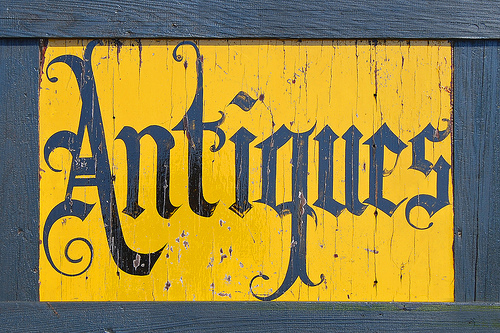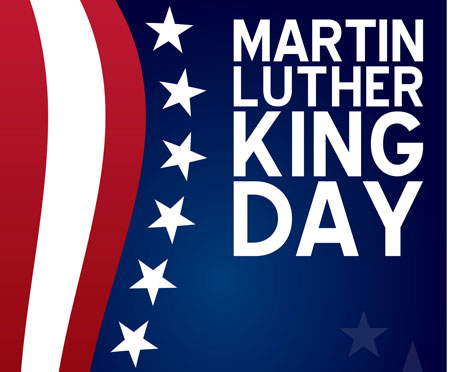Antiques Trail May Be Mapped Across Connecticut
/State legislators are considering the establishment of a Connecticut Antiques Trail, an effort to highlight the state's numerous antique shops, and boost tourism and economic development along the way. The proposal, by Sen. Rob Kane of Watertown, follows a 2009 initiative in which he worked with the state Department of Transportation to erect signs along Interstate 84 to highlight a collection of antique shops in his district, the Associated Press reported. As part of that effort, the town of Woodbury was designated as the “Antiques Capitol of Connecticut," centered around a local trail that features more than 35 diverse shops.
Highlighting the scores of antique shops throughout the state has generated other initiatives. Ed Dombroskas, the current executive director of the Eastern Regional Tourism District (billed as “Mystic Country” ) and a past state tourism director, supports the statewide plan. His organization recently put together an antiques broc hure for his region and received thousands of inquiries seeking copies. The brochure Mystic Country Antiques Trail, includes 30 locations across Eastern Connecticut and is now available on-line.
hure for his region and received thousands of inquiries seeking copies. The brochure Mystic Country Antiques Trail, includes 30 locations across Eastern Connecticut and is now available on-line.
Antiques shops – and some larger antique stores – blanket the Connecticut landscape, each noting their particular attributes and history. The Connecticut Antiques Center, in Stamford, for example, touts its easy access to New York City. Kane said it makes sense to expand the trail statewide to connect more antiques dealers with collectors, comparing the plan to the Connecticut Wine Trail.
Just this past weekend, the Hill-Stead Museum in Farmington held an antiques and heirlooms appraisal day featuring a regular from the PBS program “Antiques Roadshow,” telecast locally on Connecticut Public Television and a perennial viewer favorite. And the Connecticut Spring Antiques Show, celebrating its 40th anniversary, was held earlier this month, March 16-17, at the Hartford Armory.





 resident Barack Obama from Washington, DC. They listened as he declared that “preserving our individual freedoms ultimately requires collective action,” having reaffirmed his oath of office with two Bibles – one previously used by Lincoln, the other by Rev. Dr. Martin Luther King, Jr.
resident Barack Obama from Washington, DC. They listened as he declared that “preserving our individual freedoms ultimately requires collective action,” having reaffirmed his oath of office with two Bibles – one previously used by Lincoln, the other by Rev. Dr. Martin Luther King, Jr.
 ponsible for reviewing more than 100 entries.
ponsible for reviewing more than 100 entries.


























